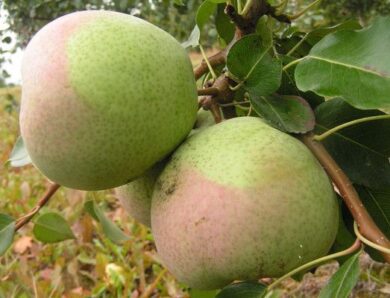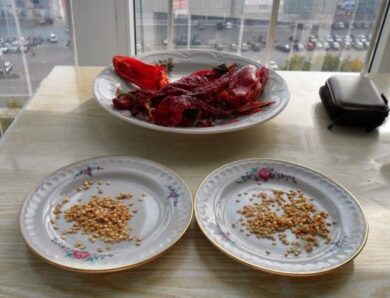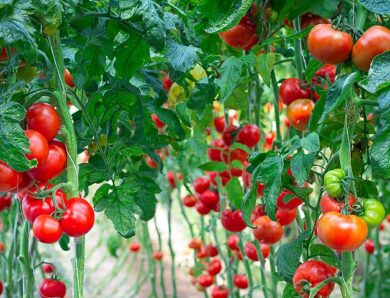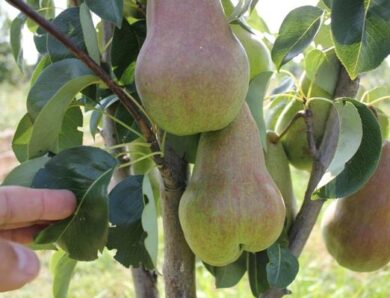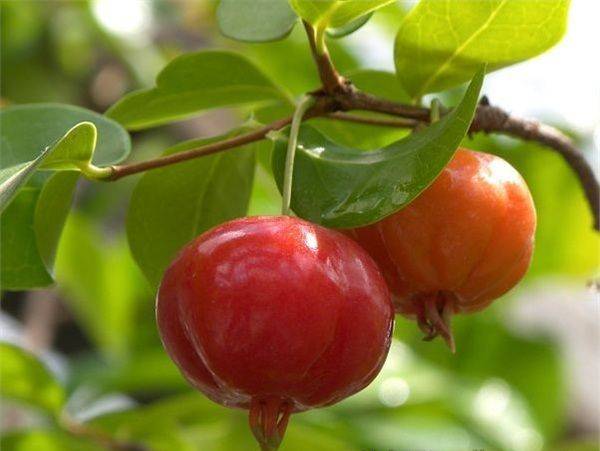
Surinamese cherry: where and how to grow at home
Surinamese cherry is a small tree, which with equal success is able to live indoors, and in the garden. Widespread in the homeland, in Suriname, culture confidently wins the hearts of our gardeners. What a plant, what are the difficulties of its cultivation, let's try to understand together.
description
Surinamese cherry, which is sometimes called Pitangi, is a tree, which grows to 7-7,5 m tall. Truth, for growing at home there is a special dwarf variety of culture. The plant belongs to the myrtle family, with dark green pointed leaves, white small flowers. Fruits Surinamese cherry small ribbed berries, the diameter of each reaches 4 cm. As the fruit ripens, its color changes from green to dark red. By its structure and color, the flesh is very similar to ordinary cherries, they taste sour-sweet, with palpable bitterness.

variety characteristics
Surinamese cherry is grown as a fruit tree, or as an ornamental culture. The plant is medium-sized, slightly spreading. Provided, that the tree is provided with proper care, appropriate conditions of detention, it can give 2 harvest for one year. Yields are average - each tree can give 2-10 kg of fruit.
The fruits of the plant are rich in vitamins and trace elements: in particular, vitamins C, A, high iron content, calcium, phosphorus, suitable for consumption in its pure form, and for processing and blanks.
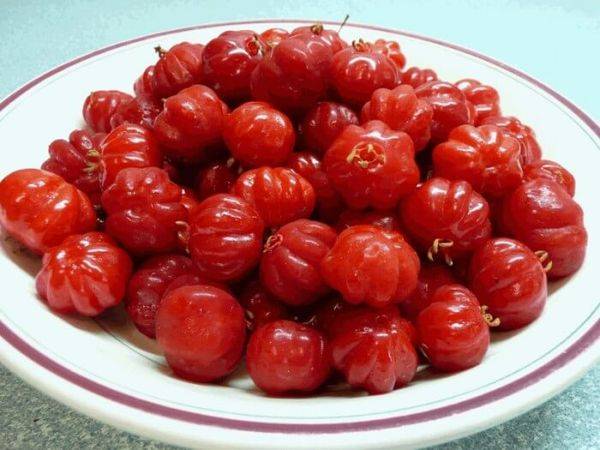
cherry growing
Surinamese cherry grows well in dry climates. The tree is quite resistant to adverse conditions, because nothing is demanding on the composition of the soil, well tolerates short-term frosts or prolonged drought. It is better to plant seedlings in the sun, areas protected from drafts, the soil must be pre-fertilized. Further care of the tree involves only moderate watering, no additional manipulations will be required.
Pros and cons
The fruits of the tree are rich in fiber, vitamins, minerals and trace elements. With regular use, they have a beneficial effect on digestive processes, have a mild laxative effect, improve intestinal motility, contribute to getting rid of excess weight. Suriname cherries should be eaten with caution by those people, suffering from food allergies, as well as those, who suffers from peptic ulcer disease or gastritis, because fruits contain a high concentration of organic acids, which can provoke exacerbation of diseases.
Video "Surinamese cherry"
In this video you will learn more about an interesting plant - Surinamese cherries.

